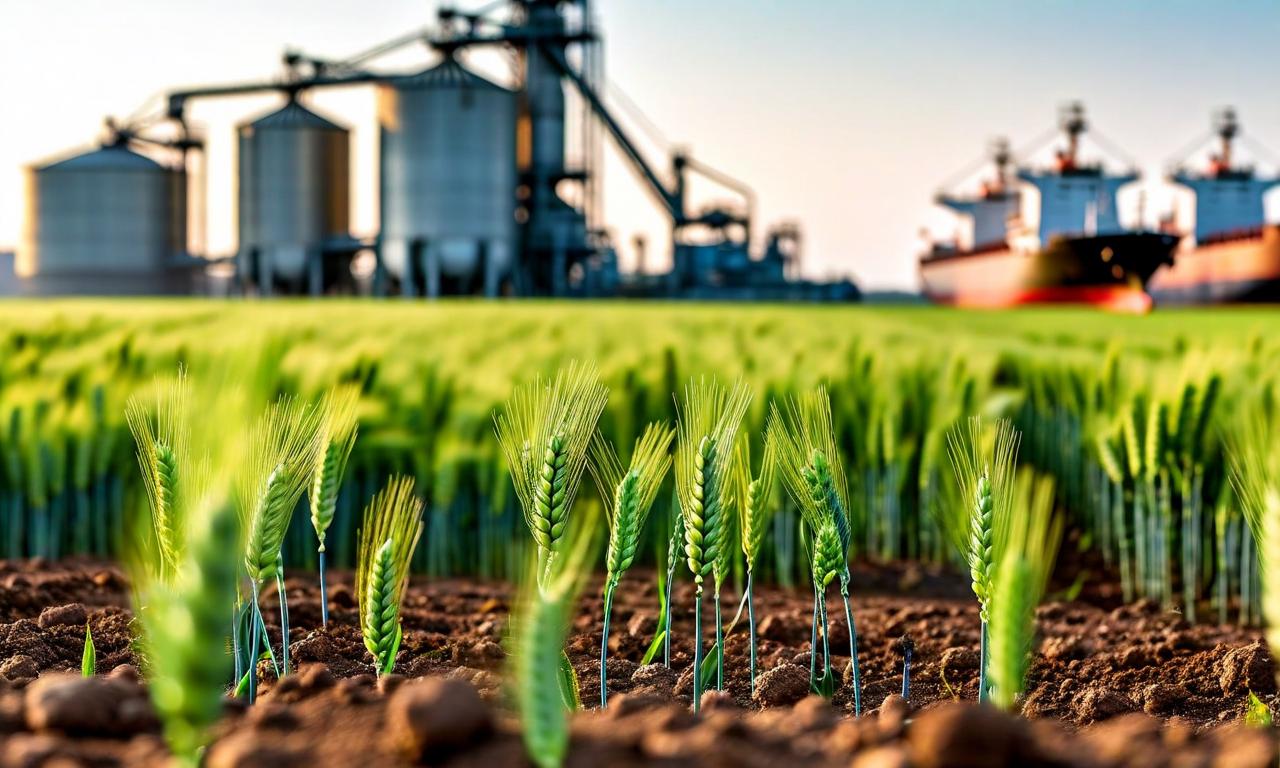Cabinet Greenlights Fertilizer Subsidies: A Boost for the Sector
The Indian Cabinet has approved subsidies for fertilizers, aiming to support the fertilizer industry and potentially benefit farmers. This decision could lead to improved financial health for fertilizer companies, lower fertilizer prices for farmers, and increased agricultural productivity. While the government will bear the financial burden, the move reflects a commitment to supporting the agricultural sector and ensuring food security.

*this image is generated using AI for illustrative purposes only.
The Indian fertilizer sector received a significant boost as the Cabinet approved subsidies for fertilizers, a move that could have far-reaching implications for the industry and agriculture at large.
Key Points of the Decision
- Policy Measure: The Cabinet has approved subsidies for fertilizers.
- Target: The decision is aimed at supporting the fertilizer industry.
- Method: Government financial assistance will be provided to the sector.
Potential Implications
This decision could have several impacts on various stakeholders:
| Stakeholder | Potential Impact |
|---|---|
| Fertilizer Companies | May see improved financial health and operational stability |
| Farmers | Could benefit from potentially lower fertilizer prices |
| Agricultural Sector | Might experience increased productivity due to better access to fertilizers |
| Government | Will bear the financial burden of the subsidies |
Context and Significance
The approval of fertilizer subsidies by the Cabinet is a crucial policy decision that reflects the government's commitment to supporting the agricultural sector. Fertilizers play a vital role in enhancing crop yields and ensuring food security for the nation. By providing financial assistance to the fertilizer industry, the government aims to create a more stable and efficient supply chain for these essential agricultural inputs.
However, it's important to note that while subsidies can provide immediate relief and support to the industry, their long-term implications on market dynamics and fiscal health will need to be closely monitored.
As more details about the subsidy structure and implementation become available, stakeholders across the agricultural and fertilizer sectors will be keenly watching to understand how this policy measure will shape the industry's future.





























